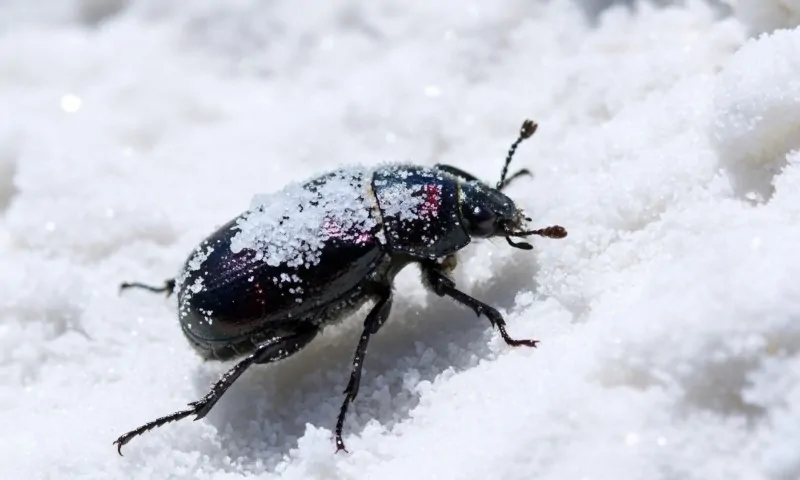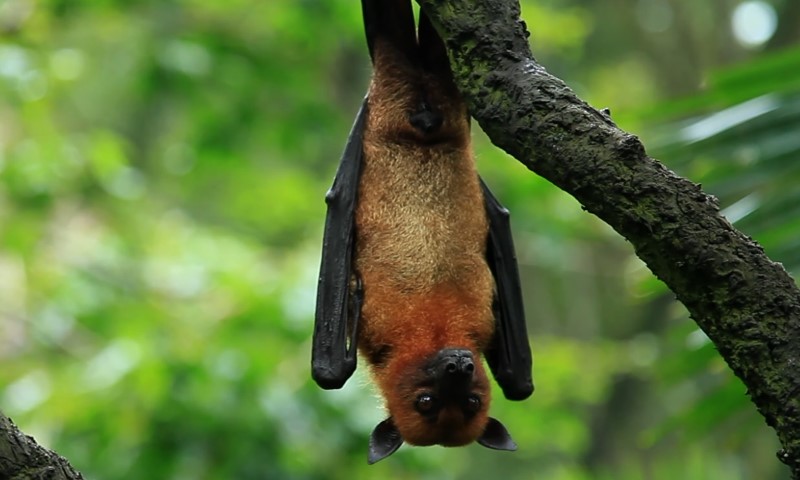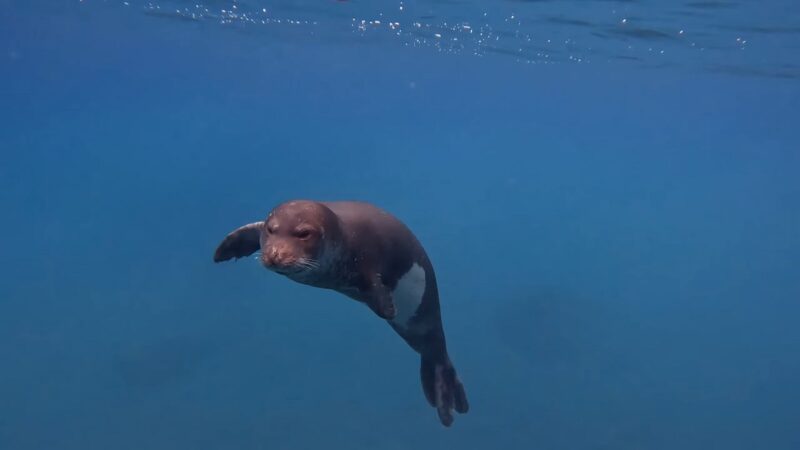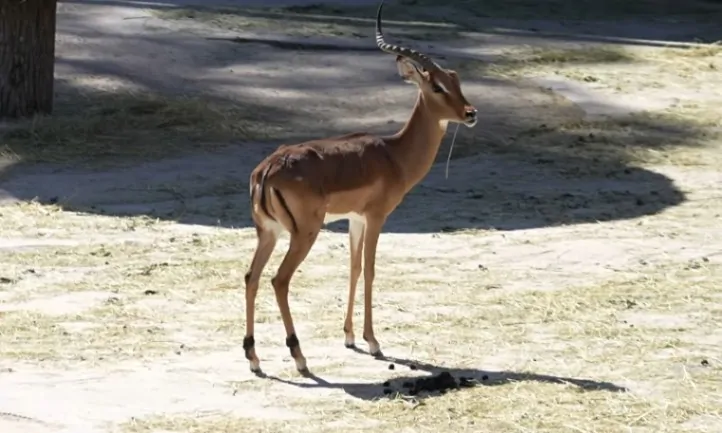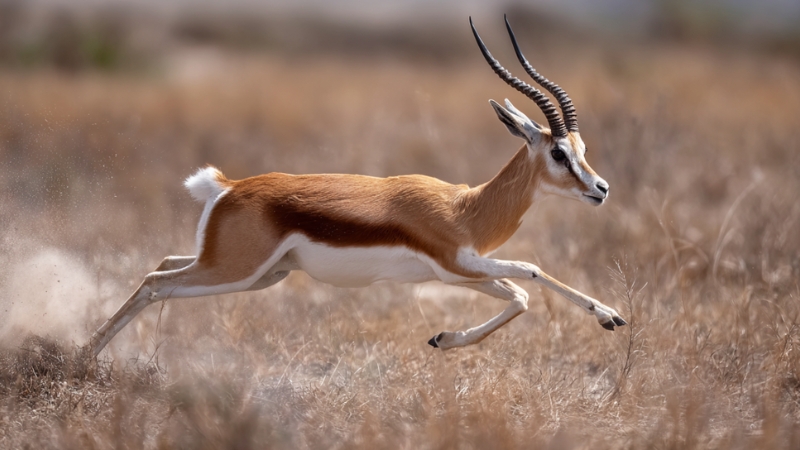Vulture and condor are animals that often get lumped into the same category due to their massive wingspans and role as nature’s cleanup crew.
Both soar gracefully through the skies, scanning for carcasses with keen eyesight. The resemblance in physical traits and feeding behavior leads many to confuse them.
However, distinct differences separate these giants of the skies.
That’s what we want to talk about in greater detail.
Physical Characteristics
Size differences between vultures and condors are immediately noticeable.
Condors dominate in terms of sheer wingspan and bulk. Andean condors stretch their wings up to 10 feet across, making them some of the largest flying birds in the world.
California condors are slightly smaller but still reach impressive wingspans close to 9.5 feet. Vultures, while often large, cover a much broader size range.
Some species, like the black vulture, are relatively compact, while Rüppell’s griffon vulture is significantly larger and known for record-breaking flight altitudes.
@heather5bink#condor #bird #vs #vulture condo🤕r bird vs vulture
- Andean condor wingspan: up to 10 feet
- California condor wingspan: approximately 9.5 feet
- Rüppell’s griffon vulture wingspan: about 8 to 9 feet
- Flight altitude for Rüppell’s vulture: recorded at 35,000 feet
Head and Neck
Head and neck adaptations also highlight their evolutionary fitness as scavengers. Both vultures and condors possess bald heads, a hygiene advantage when feeding on carcasses. Feathers in these areas would trap blood and bacteria.
Bald skin makes it easier to stay clean after feeding sessions. In condors, bare skin offers more than just sanitation benefits. Skin color can shift with emotional or social cues, especially around the face and neck.
Mood, breeding readiness, and even social hierarchy may be reflected in skin tone changes.
- Featherless head and neck: reduces infection risk while feeding
- Color-changing skin in condors: used for subtle communication
- Vultures lack color variability: they tend to maintain a consistent skin tone
Taxonomy and Classification
Classification of vultures separates them into two main groups based on evolutionary history and geographical range. These are known as Old World vultures and New World vultures. Although both perform similar ecological functions, they are not closely related.
Old World vultures are part of the Accipitridae family, which also includes hawks, eagles, and kites. These birds are primarily found across Europe, Asia, and Africa. They depend almost entirely on vision to locate food and do not possess a well-developed sense of smell.
New World vultures belong to the Cathartidae family and are native to the Americas.
Despite similarities in body shape and behavior, they evolved separately from their Old World counterparts. Some species within this group rely on scent as well as sight, which helps locate food hidden beneath vegetation.
- Old World vultures
- Family: Accipitridae
- Found in: Europe, Asia, Africa
- Key traits: Excellent eyesight, no developed sense of smell
- New World vultures
- Family: Cathartidae
- Found in: North and South America
- Key traits: Use both sight and smell, softer vocalizations, different skeletal structures
Condors are classified under the New World vulture group, making them part of the Cathartidae family as well. Only two species exist:
- California condor (Gymnogyps californianus)
- Andean condor (Vultur gryphus)
Despite being members of the same family as other New World vultures, condors differ in several ways.
They possess longer lifespans, larger body mass, and more limited distribution ranges. Differences are so significant that condors are often discussed separately in conservation and ecological studies.
Habitat and Distribution
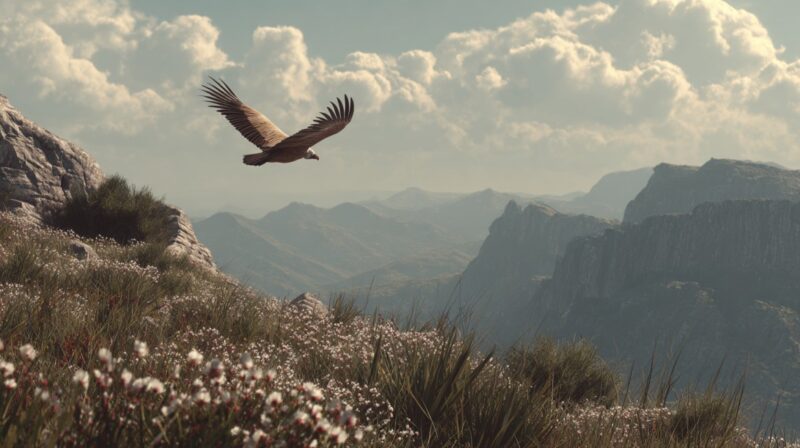
Habitat range provides another clear distinction between condors and vultures. Andean condors inhabit the towering peaks of the Andes Mountains, soaring through countries such as
- Argentina
- Chile
- Bolivia
- Colombia
- Peru
These regions offer steep cliffs and abundant thermals needed for flight.
California condors, on the other hand, are found in select pockets of the southwestern United States and northern Mexico. Key territories include areas around the Grand Canyon, parts of Utah, Baja California, and along California’s coastal ranges.
Vultures, in contrast, show extraordinary adaptability to a broader span of environments. Their reach stretches across much of the globe, depending on species origin. Habitat selection is more versatile, which is one reason for their broader success.
- Andean condor: Andes Mountains (South America), especially Chile, Argentina, Bolivia, Peru, Ecuador.
- California condor: Grand Canyon region, coastal California, Baja California, southern Utah.
- Old World vultures: Africa (including savannas and deserts), Europe (southern parts), Asia (Himalayan foothills, India, Southeast Asia).
- New World vultures: United States, Central America, and most of South America.
Differences in environmental preference also contribute to separation:
- Condors gravitate toward remote cliffs and mountain ridges, where they can nest and use rising air currents to soar without constant flapping.
- Vultures are more opportunistic. Open fields, dry grasslands, wooded areas, highways, and even landfills become suitable habitats.
The global spread of vultures is linked to their resourcefulness. The ability to live in altered environments offers a survival advantage, though it also exposes them to hazards like poisoning, vehicle collisions, and habitat degradation.
Behavior and Ecology
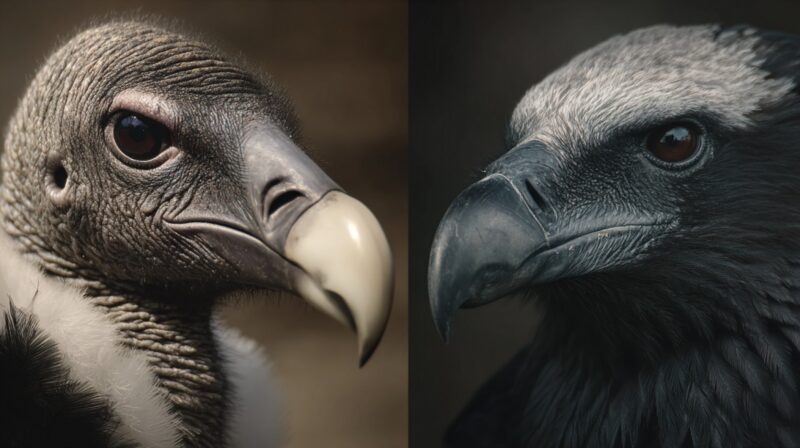
Behavioral patterns, particularly feeding habits and social interaction, reveal another layer of separation. Both condors and vultures function as obligate scavengers. They rely almost entirely on carrion, playing a critical role in disease control and nutrient recycling.
Large beaks with hooked tips help them penetrate thick hides and pull apart decaying flesh.
Condors have developed peculiar habits in their feeding process. Besides soft tissue, they consume bone fragments for calcium. This practice sometimes causes them to ingest toxic materials like lead shot, a recurring conservation challenge.
- Both groups: Carrion is the primary food source.
- Condors: Ingest bone shards and occasionally foreign materials like lead.
- Vultures: Prefer soft tissue and can strip carcasses clean in minutes when in groups.
Flight capabilities allow both to maximize energy efficiency. Huge wings and hollow bones create excellent gliders. Instead of constant flapping, they circle in thermals for extended periods, searching for food.
Rüppell’s griffon vultures, native to Africa, can ascend to heights of 35,000 feet, making them some of the highest-flying birds known to science.
Social interactions contrast sharply. Vultures show gregarious tendencies, often gathering in large numbers around food. Aggressive pecking and dominance displays are common during feeding. Condors, however, are more discreet.
- Vultures: Highly social, feed in groups, often competitive.
- Condors: More solitary, prefer to feed alone or in pairs, form long-lasting pair bonds.
Parenting behavior also differs. Young condors remain under parental care for nearly a year. They learn to fly, forage, and socialize under supervision. Vultures are more hands-off, with juveniles typically leaving the nest after a few months and quickly adapting to independent scavenging.
Summary
Condors and vultures share a role in keeping ecosystems clean but differ in numerous ways.
Family classification, physical proportions, habitat range, and social interactions distinguish them as separate marvels of avian evolution.
Each deserves admiration not only for survival skills but also for the ecological importance they bring to skies and lands across the world.
Respecting those differences can help improve conservation efforts and strengthen appreciation for two of nature’s greatest scavengers.
Related Posts:
- Hawk vs. Falcon - 10 Key Differences Between These…
- Jaguar vs. Cheetah - 10 Ways to Tell Them Apart
- Leopard vs. Cheetah - Key Differences Between These Big Cats
- What Animals Live In The Sahara Desert? Check Out…
- Meet 14 Black Birds With Long Beaks and Their Beak Sizes
- Raptor Birds: How They Hunt, Live, and Survive



